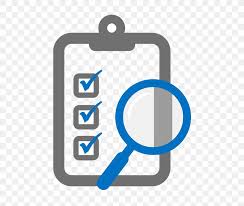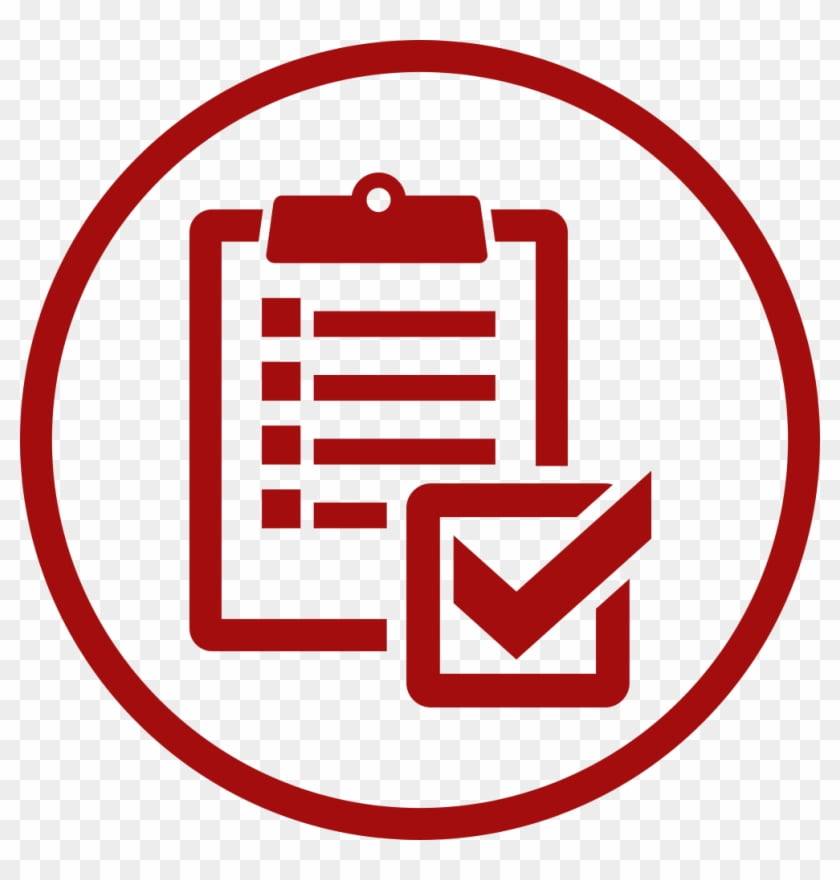Optimizing Meta Tags for Enhanced Search Engine Visibility: A Strategic Approach
In the contemporary digital landscape, achieving a robust online presence is paramount for organizational success. Search Engine Optimization (SEO), a multifaceted discipline encompassing techniques to improve online visibility, plays a crucial role. A fundamental aspect of SEO is meta tag optimization, which involves strategically crafting HTML tags that provide search engines with essential information about a webpage's content. This analysis explores fifteen key strategies for optimizing meta tags, leveraging established SEO principles and models to enhance search engine rankings and user engagement. The effectiveness of these strategies will be evaluated through the lens of established SEO frameworks and real-world examples. We will define key concepts such as keyword research, user search intent, click-through rate (CTR), and schema markup to provide a clear understanding of the discussed strategies.
1. Keyword Research and Strategic Implementation: A Foundation for Targeted Visibility. Before optimizing meta tags, thorough keyword research is essential. Utilizing tools like Google Keyword Planner, Ahrefs, or SEMrush, identify high-volume, low-competition keywords aligning with user search intent. This aligns with the principles of keyword-driven SEO, aiming to match user queries with relevant content. The selected keywords should be seamlessly integrated into meta tags, avoiding keyword stuffing, which can negatively impact rankings. For example, a New York City artisanal bread business might prioritize keywords such as "artisan bread NYC," "NYC bakery," and "best bread in New York." This strategy is based on the understanding of user search behavior and the application of keyword targeting models.
2. Title Tag Optimization: Crafting Compelling Titles for Enhanced Click-Through Rates. The title tag, the primary identifier on search engine results pages (SERPs), requires careful optimization. Adhering to best practices for effective title tag creation, a compelling title should be concise (under 60 characters), incorporate relevant keywords, and accurately reflect the webpage's content. A well-crafted title tag improves both search engine visibility and click-through rates (CTR). For example, "Artisan Breads & Pastries | NYC Bakery - [Your Brand Name]" clearly communicates the page's content and target audience. This is a direct application of the principles of persuasive copywriting and conversion rate optimization (CRO) within the SEO context.
3. Meta Description Optimization: Driving Traffic Through Compelling Narratives. While meta descriptions don't directly impact rankings, they significantly influence CTR. A compelling meta description persuades users to click, driving traffic to the website. Using persuasive copywriting principles, create concise and engaging descriptions incorporating relevant keywords and highlighting unique selling propositions (USPs). For instance, "Experience the exquisite taste of freshly baked artisan breads and pastries. Our NYC bakery offers a delightful selection of specialty coffees, catering to discerning palates." This strategy utilizes marketing principles within the framework of SEO to enhance user engagement and lead generation.
4. URL Structure Optimization: Enhancing User Experience and Search Engine Crawlability. A well-structured URL improves both user experience and search engine crawlability. Descriptive URLs incorporating relevant keywords provide clarity. For example, "/gluten-free-baking-recipes" is superior to "/post1234," clearly reflecting page content and assisting search engine indexing. This aligns with principles of user experience (UX) design and SEO best practices, improving both user navigation and search engine understanding.
5. Header Tag Optimization (H1-H6): Establishing a Clear Content Hierarchy for Improved Comprehension. Header tags (H1-H6) structure webpage content, signaling importance to users and search engines. This adheres to the principles of content hierarchy and semantic HTML. Use H1 for the primary keyword ("Best Gluten-Free Bread Recipes") and subsequent headers (H2, H3) for subheadings ("Easy Gluten-Free Bread Recipes for Beginners," "Delicious Gluten-Free Bread Recipes for Special Occasions"). This ensures clear content organization and aids search engine comprehension, improving both user experience and SEO performance.
6. Schema Markup Implementation: Enhancing Search Engine Understanding with Structured Data. Schema markup provides structured data, clarifying content meaning to search engines. This aligns with the principles of semantic web technologies, improving search engine comprehension and potentially leading to rich snippets in SERPs. Using schema markup to highlight business details (address, opening hours), product information, or customer reviews enhances visibility and attracts potential customers. This is a direct application of semantic web technologies within the SEO framework.
7. Image Optimization: Leveraging Descriptive Alt Text for Accessibility and SEO. Descriptive alt text for images is crucial for accessibility and SEO. This adheres to accessibility guidelines and image optimization best practices. Instead of generic filenames (e.g., "IMG001.jpg"), use descriptive alt text (e.g., "Delicious Chocolate Croissant at [Your Bakery Name]"), improving search engine understanding and assisting visually impaired users. This improves both SEO performance and website accessibility.
8. Canonical Tag Implementation: Preventing Duplicate Content Penalties. Canonical tags designate the preferred version of a webpage when similar content exists across multiple URLs. This is crucial for avoiding duplicate content penalties, aligning with search engine guidelines and best practices for preventing negative SEO impacts. Implementing canonical tags effectively manages the issue of duplicate content.
9. Social Meta Tag Optimization: Maximizing Social Media Engagement and Brand Visibility. Optimize social media meta tags (Open Graph and Twitter Cards) to control how content appears when shared on social platforms. Crafting engaging titles, descriptions, and images optimized for social media engagement aligns with social media marketing principles and enhances brand visibility across multiple online channels. This strategy integrates SEO and social media marketing to broaden reach.
10. Mobile Optimization: Delivering a Seamless Mobile Experience. With the prevalence of mobile devices, responsive web design is essential. A fast-loading, user-friendly mobile experience is crucial for ranking well, aligning with the principles of mobile-first indexing. This ensures optimal user experience across all devices and aligns with contemporary search engine algorithms.
11. Continuous Monitoring and Adaptation: Iterative SEO for Ongoing Improvement. SEO is an iterative process. Regular monitoring using Google Search Console and Google Analytics is essential to understand performance, identify areas for improvement, and adapt strategies based on user behavior and search trends. This reflects the dynamic nature of SEO and the need for continuous optimization and adaptation.
12. Avoiding Keyword Stuffing: Prioritizing Natural Language and User Experience. Overusing keywords negatively impacts SEO. Focus on high-quality, user-centric content that naturally incorporates keywords, reflecting user search intent. This adheres to the principle of providing value to the user, prioritized by modern search engine algorithms. This focuses on creating valuable content rather than merely manipulating search algorithms.
13. Unique Meta Tags for Each Page: Preventing Duplicate Content and Improving Search Engine Comprehension. Each page requires unique meta tags to avoid confusing search engines and negatively impacting rankings. This prevents duplicate content issues, improving overall SEO performance. Each page should have distinct meta information to improve overall SEO.
14. Competitive Analysis: Identifying Best Practices and Gaining a Competitive Edge. Analyzing competitor meta tags reveals industry best practices. Understanding competitor strategies without direct copying enables informed decision-making and competitive advantage. This involves employing competitive intelligence strategies to identify opportunities for improvement.
15. Staying Current with SEO Trends: Adapting to Algorithmic Changes and Maintaining Competitiveness. SEO is a dynamic field. Staying informed about algorithm updates, best practices, and industry news is vital for maintaining competitiveness. This reflects the agile nature of SEO and necessitates continuous professional development to maintain a leading position in search engine rankings.
Conclusions and Recommendations: Effective meta tag optimization, guided by keyword research and a thorough understanding of search engine algorithms, is crucial for enhancing online visibility and driving organic traffic. Consistent monitoring, adaptation to evolving user behavior, and alignment with current SEO best practices are essential for long-term success. Future research could explore the interplay between AI-driven SEO tools and meta tag optimization, assessing their impact and potential limitations in improving search engine rankings and organic traffic. Furthermore, longitudinal studies focusing on the long-term efficacy of various meta-tag optimization strategies are needed to refine current best practices.
Reader Pool: Considering the ever-evolving nature of search engine algorithms and user behavior, what innovative strategies, beyond those discussed, do you anticipate significantly impacting meta tag optimization and search engine results in the coming years?








No comments yet. Be the first to share your thoughts!